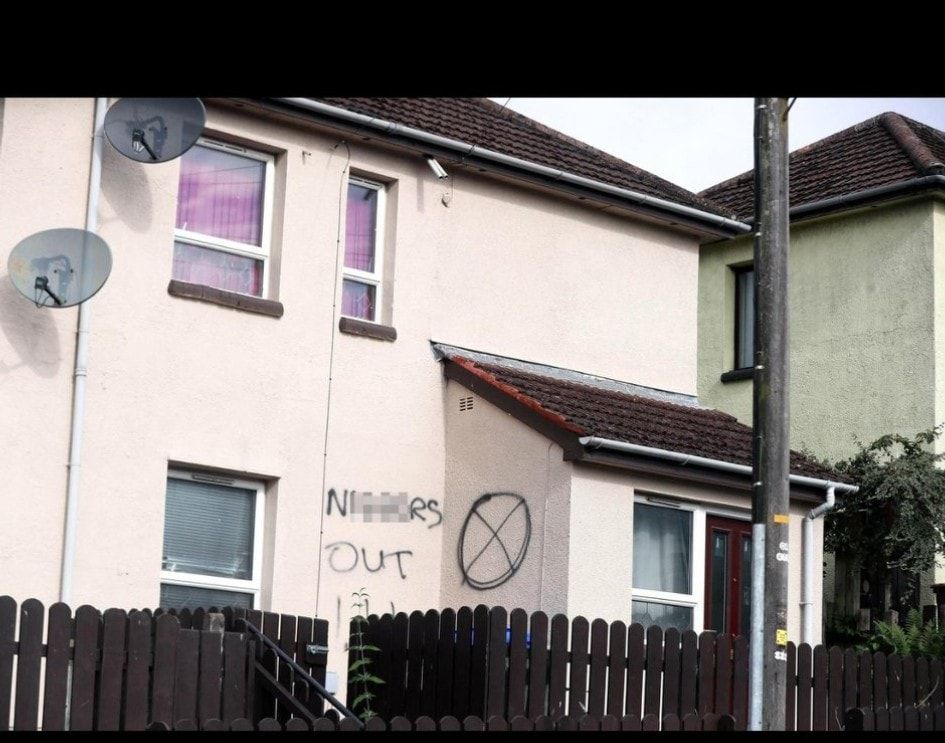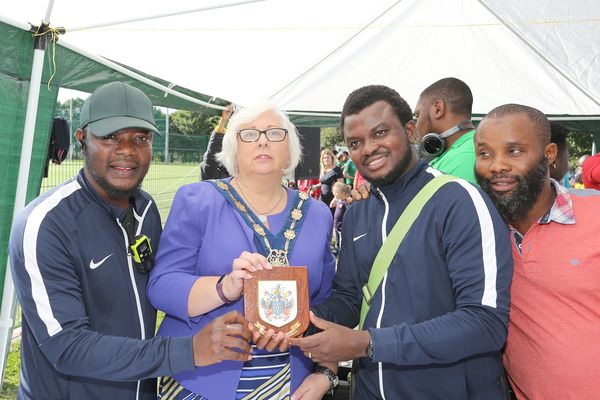SOME people ask this important question: Why do race and race relations feature a lot in your writing? This is why – the problem is in fifth gear, it is not slowing any time soon.
This column will make nil references and reports on racism when the problem has disappeared in the day-to-day language of the North. We must report things as they are and examine them without any bit of anxiety about a backlash. It is also fair to report without a biased opinion about any case.
So last week, there was yet another difficult story about a victim of a racially motivated attack in Belfast. A young African man who lives in the Graymount Parade area of North Belfast arrived home in the early hours and found graffiti daubed on the outer wall of his property. It is not the whole of Graymount Parade that is racist. It is not all the people of Northern Ireland that are racist. There is something, though, that is wrong with the system.
Some people are not happy when Belfast and other parts of Northern Ireland just want a bit of happiness among citizens of this country and those who came from other countries. State agencies, especially the PSNI, are not doing enough to curb racially motivated crimes. This 26-year-old man is one of many cases of people in Northern Ireland who are suffering quietly under this sombre cloud of hate crime. Many have moved out of here; in the past, people have even taken their own lives because of the desperation.
I have been writing about race relations in North Ireland and Britain for as long as I can remember, over 20 years – that includes radio shows, community workshops and those elitist academic platforms where theory spars with practice for whatever reason. Scholars can use their knowledge and privilege to fight systemic racism that rears its very ugly ahead in the halls of power, mostly in and around government and other public institutions. When scholars are successful in doing this, their theories against bigotry can only be tested by the advice and reports they contribute towards otherwise known as commissioned publications.
In 2002, the writer Paul Connolly produced an article, ‘Racist Harassment in the White Hinterlands: Minority Ethnic Children and Parents’ Experiences of Schooling in Northern Ireland’. In that report, 32 children and 43 parents chosen from the then largest minority ethnic groups in Northern Ireland – Irish Travellers, Chinese, Africans and South Asians – were interviewed. These were very thorough interviews. There were stories of direct and indirect bullying, subtle and direct teasing, and many parents felt that although some schools were prepared to put in place zero tolerance and were acting firmly, others were actually part of the problem, often turning away from the victims instead of listening to their experiences. Twenty years on, these things are still happening in many schools.
Northern Ireland, a small place, has really done good things to make foreigners move in and live here. It is something commendable. Over the last few years, thousands of refugees have come to settle here from Afghanistan, Syria, Eritrea, Sudan, South Sudan, Somalia and many other countries. In December 2021, a resettlement programme for nearly 150 Congolese refugees from a camp in Tanzania to the UK and Ireland was stopped because of the rising cases of racial attacks here. Some of the refugees were to go to Monaghan in the Republic of Ireland and the rest were to come and start their new life in Northern Ireland. For a country that has endured a very disturbing war for over four decades, when there came a peace dividend, to receive new faces would have been a good thing, not a bad thing.
To the bigoted people who are obsessed with skin colour, the question is: Would you also visit a tanning studio to make yourself look like me? Or would you not?
ellyomondi@gmail.com






